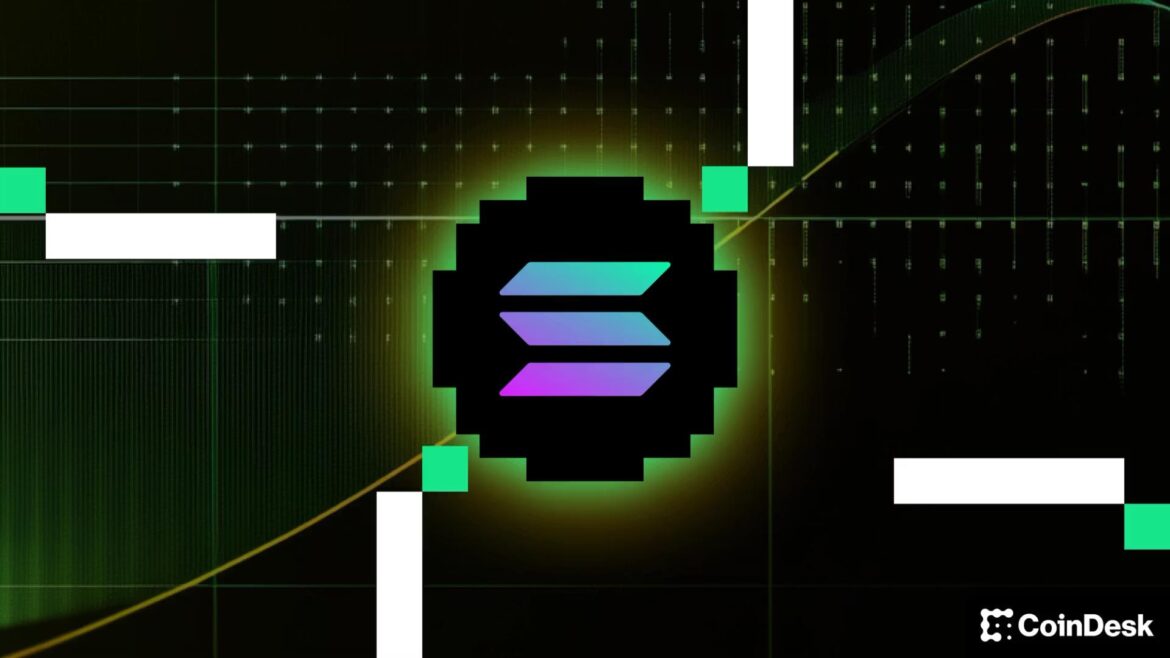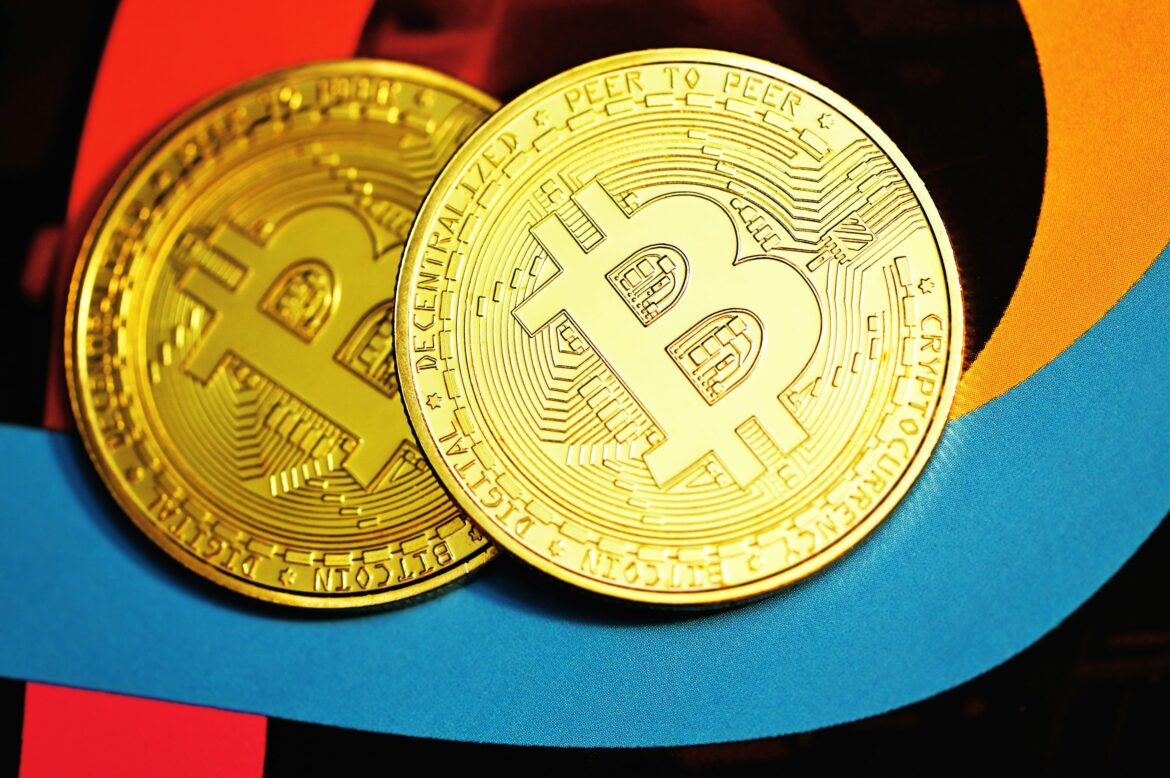Solana’s role in the race to capture tokenized markets won new attention this week when Bitwise CIO Matthew Hougan called it “the new Wall Street.”
Speaking with Solana Labs’ Akshay Rajan on Oct. 2, Hougan said global financial leaders increasingly recognize the disruptive potential of stablecoins and tokenization.
He noted that the heads of the SEC and Bank of England, along with BlackRock’s CEO, have all signaled that digital assets could reshape payments and securities markets. Hougan added that this narrative resonates strongly with investors who understand the scale of change such technologies could bring.
Hougan said that once audiences begin to consider how to gain exposure to blockchain, comparisons between platforms inevitably follow. In that evaluation, he argued, Solana’s combination of speed, throughput and near-instant finality makes it “extraordinarily attractive.”
He cited improvements from 400 microseconds to 150 microseconds in settlement speed, describing the feature as intuitive for those accustomed to trading environments where execution and latency are critical.
Framing Solana as “the new Wall Street,” Hougan said the blockchain’s technical edge is resonating with market participants. He said the narrative is “really resonant” and added that “you’ll see substantial flows.”
Technical Analysis of SOL’s Price Action
According to CoinDesk Research’s technical analysis data model, during the 23-hour session from Oct. 3 at 15:00 UTC to Oct. 4 at 14:00 UTC, SOL traded within a narrow $8.40 range between $228.19 and $237.04, reflecting a period of consolidation.
The high was set at $237.04 around 16:00 on Oct. 3 before steady selling pressure pushed the price lower toward the $228–$229 area, which acted as support.
Trading activity was strongest early in the session, with volumes peaking at 3.29 million units around 17:00, but gradually declined to just 42,637 by the closing hour of the analysis period. This sharp reduction in volume suggested weakening participation and a potential pause before a larger directional move.
In the final 60 minutes, from 13:11 to 14:10 UTC on Oct. 4, SOL broke below the established $228–$229 support zone. Prices fell from $229.84 to $228.94, a 0.39% drop that confirmed the bearish shift.
Within this window, the market showed two phases: an early rebound attempt that briefly lifted the price to $229.78 at 13:38, followed by renewed selling that drove the token down to $228.72.
Importantly, this breakdown coincided with a surge in volume. The single busiest minute occurred at 14:01, when 18,011 units traded — the highest one-minute reading of the session.
This pattern of falling price alongside rising volume suggested larger sellers were active, potentially increasing the likelihood that bearish momentum continues.
Disclaimer: Parts of this article were generated with the assistance from AI tools and reviewed by our editorial team to ensure accuracy and adherence to our standards. For more information, see CoinDesk’s full AI Policy.










